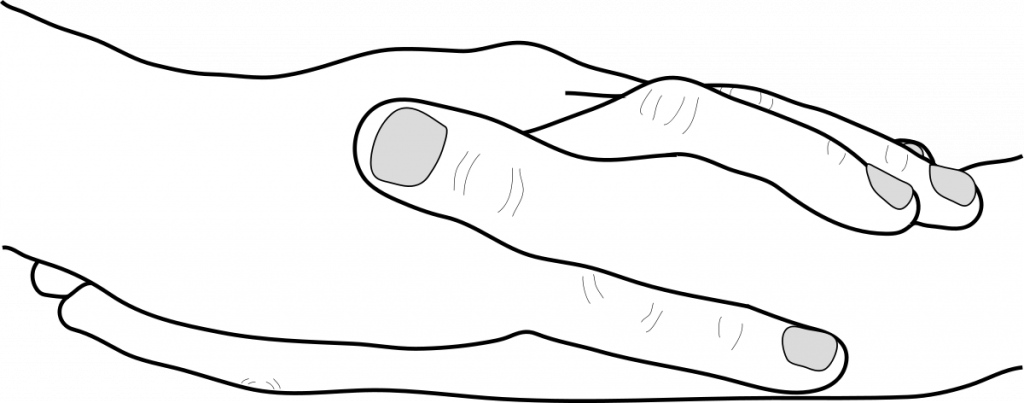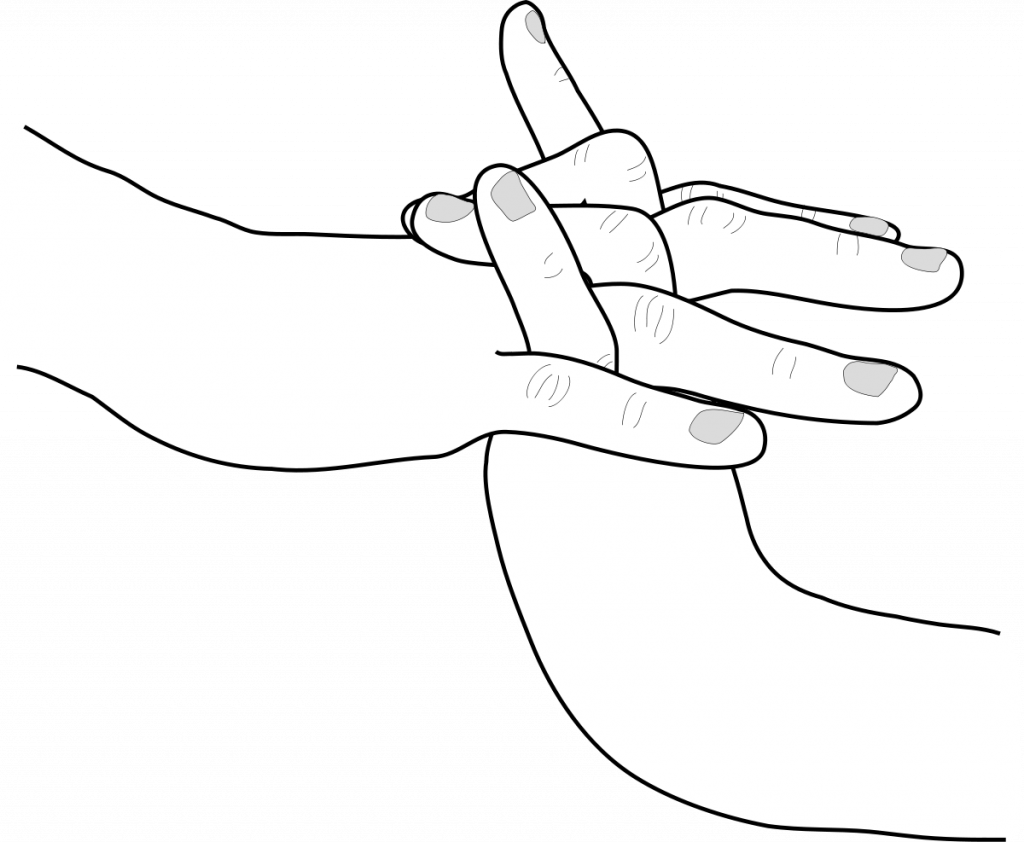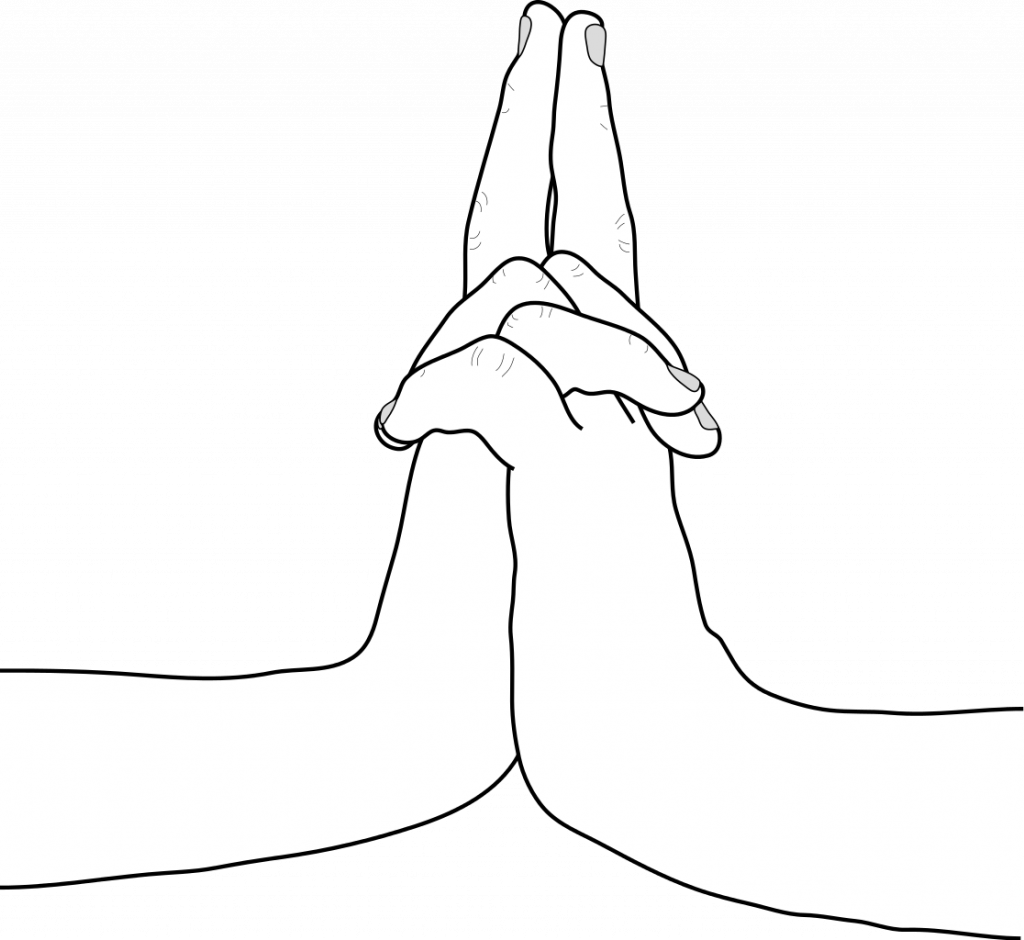Hand signs are an essential aspect of ninja techniques in the universe of Naruto, allowing shinobi to focus their chakra and execute a wide range of jutsu from the most basic to the most advanced. These hand gestures are a significant part of Masashi Kishimoto’s Naruto series and are referred to as “seals” or “signs” (, ten’in). The significance of each hand sign is tied to a certain concept or strategy. The most prevalent hand gestures in the Naruto canon are examined here, along with their importance and meanings.
In this post on the Naruto canon, we will explain the importance of the many hand gestures employed by shinobi, illuminating the complex web of hand signs that underpins the ninja techniques and demonstrating the ways in which these gestures have changed and expanded throughout the course of the series. The power of chakra flows through the hands of Naruto’s characters, shaping their destinies and the fate of the ninja realm, and our journey will take us from the simple symbolism of signs to the intricacy of advanced hand seals.
In this article
Who is Naruto?

The beloved Naruto series is about a boy named Naruto Uzumaki who lives in the Hidden Leaf Village in the Land of Fire. Naruto was the son of Kushina Uzumaki and Minato Namikaze, who was the Fourth Hokage of the Hidden Leaf Village. However, he grew up in the village without any parents. On the day Naruto was born, both of his parents gave their lives during the Nine-Tailed Demon Fox’s attack on the Hidden Leaf. As his last act, Minato sealed the Yang half of the Nine Tails’ chakra inside Naruto when he was born.
Naruto has been through a lot as the Jinchuriki of the Demon Fox over the years. The people in the village hated and feared him because they thought he was the Demon Fox. Because of this, Naruto loved getting attention from other people and would often play jokes on them. In the end, this made Naruto decide to lead the Hidden Leaf as the Hokage. He thought that if he became the Hokage, everyone would pay attention to him.
Over time, he joined Team 7, which was made up of Naruto, Sasuke Uchiha, Sakura Haruno, and Kakashi Hatake. They were a group of genin from the Hidden Leaf Village. Master Jiraiya, one of the Three Legendary Sannin of the Hidden Leaf, taught Naruto how to study and improve his skills after he passed his first chunin exams. He worked hard and did many things to help the village, which is why he was named the Hero of the Hidden Leaf Village in the Pain Assault Arc.
All Hand Signs in Naruto
Monkey (Saru, 申)

The monkey represents good fortune and good fortune for Saru. Sasuke utilizes it often throughout the first two stages of channeling his Chidori, despite the fact that it is not very important to the release of the nature change. Sasuke’s combat prowess in the show is enhanced by his knowledge of hand signs.
The steps to the Saru are easy to follow. In a horizontal palm-to-palm grip, the right pinky finger simply slides in between the left thumb and index finger.
Dragon (Tatsu, 辰)

The Tatsu is based on the Chinese animal zodiac sign of the same name. Because it lacks any inherent elemental quality, it is not required as a prerequisite for nature transformation jutsu. When combined with them, though, it creates a dragon-shaped representation of that substance.
It’s classy, to be sure, but the price is giving the shinobi a case of the hives. In order to make the sign, you need to stack four of your half-closed fingers alternately, with both pinkies jutting out at the bottom and touching at the tips.
Rat (Ne, 子)

The Rat (Ne or Nezumi) in Japanese is derived from the Rat in the Chinese zodiac. It is a significant hand sign of the Nara clan, from whom Shikamaru descends, although unlike many of the other signs, it is not critically related to any nature change release. It’s a key component of the unique Shadow Imitation Techniques they’ve developed.
A shinobi should just lift their left index and middle finger, then wrap their right fingers around them, keeping the left index finger looser than the others, to make the Rat hand sign.
Bird (Tori, 酉)

The Rooster, the Chinese astrological symbol, inspired the name Tori, which means “Bird.” This Naruto gesture stands for the wind element or the Wind Release jutsu. The user may then acquire ninjutsu skills that rely on wind power. Naruto, particularly when using the Rasengan method, is a master of the hand sign and its accompanying skills.
In quick, precise movements, the hand sign’s simplicity becomes baffling. It requires an angular arch formed by the middle and pinky fingers, an intersection of the ring and index fingers, and a tip-to-tip contact between the thumbs.
Snake (Mi, 巳)

The Mi is based on the Snake, a representative animal of the Chinese zodiac. This is a popular gesture since it can be used for Earth, Lightning, and Wood Releases, making it one of the most used in the series. Because of this, many formidable ninjas include the Snake in their distinctive jutsu.
The Mi is likely the simplest hand sign to execute since it is used in so many different approaches. Simply place your palms together in a prayer position, then interlace your fingers.
Ox (Ushi, 丑)

The ox, or Ushi, in Japanese, is based on the Chinese zodiac animal of the same name. Despite the fact that the Ox is not strictly necessary for any nature transformation release, many ninjas nonetheless employ it in a wide variety of fire jutsu and techniques. This is especially true of Sasuke and his elder brother Itachi, as well as every major member of the Uchiha family.
When combined with Fire Release, the Ushi becomes very potent, but at the cost of significant disorientation for the practitioner. A shinobi must cross their fingers open palms together, thumbs out, to show their training. For this to work, your left hand must face outward, while your right hand must face inside. Then, cross your forearms so that they are horizontal, and rest your left ring and middle fingers on the back of your right hand.
Dog (Inu, 戌)

As may be expected, the Japanese word for dog, inu, is derived from the Chinese symbol for the same animal. The hand sign is used in natural transformation methods, much as Tori; in this case, it’s for the Water Release.
Therefore, many ninjas, like Zabuza and Kisame, who are adept with water, often use this hand gesture. One of the simplest hand signs to learn is “Inu.” All you have to do is place your left open palm on top of your right closed fist.
Horse (Uma, 午)

The Uma, or Horse in Japanese, is based on the same animal’s sign in the Chinese zodiac. Sasuke often uses the hand sign for his Fireball technique, albeit it is not required for basic nature transformation release. It may also be used to debunk the effects of genjutsu illusions.
It’s not as challenging as the Tatsu, but it still requires some serious finger extension from the shinobi. The knuckles of the other fingers should be stacked on top of the right thumb, and the index fingers should touch at the tips. There should be an inward turn to both palms.
Tiger (Tora, 寅)

The Tiger represents Tora’s Chinese zodiac sign. This step is required before the Fire and Earth Releases can occur. The Tora is the most awesome hand sign, yet also being one of the simplest. Sasuke often employs it in the distinctive fire jutsu of his clan.
It goes without saying that a shinobi will execute the Tora. Their forearms are horizontal as they form a praying position with their hands clasped together and fingers intertwined. The next step is to bring the index and middle fingers of both hands together in the air and hold them there. Take a deep breath before you launch that ball of fire!
Boar (I, 亥)

The Chinese pig is the inspiration for I, or Boar. It’s not required for any of the standard methods of changing nature. Jiraiya taught Naruto the basic summoning jutsu (using huge sentient toads) and it is crucial to the success of any summoning.
The initial impression is that it’s simple, yet shinobi might end up hurting themselves if they attempt it. They should maintain their forearms parallel to the floor while they make a half fist and press their palms together. It’s a great tool for invoking a case of bilateral carpal tunnel.
Ram (Hitsuji, 未)

According to Chinese astrology, the goat represents the Histuji. The Ram is undoubtedly one of the most common and recognizable hand gestures in Naruto, while not being necessary for basic nature transformation releases. That’s because Naruto often utilizes it to call forth his shadow doubles.
Even when Naruto is doing the shadow clone jutsu, the Ram hand gesture is one of the most obvious phases. The Ram is performed by raising the index and middle fingers of both hands, then sticking them together, with the right hand’s fingers sliding down. They must also cross their pinky and ring finger on the left over the ones on the right.
Hare (U, 卯)

The Japanese word for “hare,” “Usagi,” is derived from the Chinese animal symbol of the rabbit. Even while it’s not required for standard nature transformation, Sasuke and Kakashi often employ it when channelling the Chidori or lightning hands.
Though simple in theory, the hand gesture might be difficult to use in reality. Simple enough for a shinobi, huh? Just put out your left index and thumb and slide your right pinky in between them to make a finger gun.
Conclusion
The complicated jutsu, elemental dominance, and tactical fights of Naruto’s universe are tied together by the art of hand signs. These actions, which are often represented as fluid and elegant, are very significant in the daily lives of shinobi. They are necessary for channelling the healing and deceptive powers of chakra, as well as for using it as a weapon or a shield. Throughout our travels, we’ve learned the varied connotations of each hand sign, from the ferociousness of the Tiger to the mysterious appeal of the Serpent.
These signs are more than mere motions; they are the conduit via which a ninja may link his or her goals with the unadulterated energy of chakra. In Naruto’s wide and ever-changing universe, hand signs are more than just a way of communicating with one another or achieving a goal; they also serve as visual representations of the characters’ development, resolve, and unrelenting quest of shinobi greatness. As the narrative progresses, we see these hand signs develop, with certain characters eventually reaching the point where they can conduct jutsu with no visible motions at all.
FAQs
-
In Naruto, what Do the Hands Mean?
In Naruto, shinobi employs a series of hand signs—symbolic movements or seals—to control chakra and execute jutsu, or supernatural techniques. The hand signs used in the Naruto world are an integral component of the culture due to the significance each one has and the elements and methods they represent.
-
How Many Different Hand Signs Does Naruto Use?
There are 10 primary hand signs in Naruto, each corresponding to each animal in the Chinese zodiac. The series’ jutsu is made more complicated by the use of sophisticated hand signs and distinctive signs associated with certain clans and techniques.
-
What Function Do Hand Signs Serve in Naruto Fights?
Naruto’s fighting relies heavily on hand signs. They allow ninja to focus energy, assess the nature and power of their jutsu, and provide a tactical edge. The outcome of ninja combat sometimes hinges on who is more skilled at utilizing hand signalling.
-
Is It Possible for All Ninjas to Use Hand Signs to Do Jutsu?
In the Naruto series, not all ninja use hand sign while executing jutsu. Some people, especially those with kekkei genkai (special genetic powers), don’t require hand signs to perform methods. Their remarkable control of their chakra is on full display here.
-
Are There Changes to the Hand Signs Used in the Series?
The Narutoverse’s hand signs do change throughout time. When characters level up and improve their skills, they eventually need fewer hand signs, or perhaps none at all, to conduct jutsu. This change shows how much they’ve developed and how much control they now have over their abilities.
-
Is It Just Ninjutsu That Uses Hand Signs?
Although ninjutsu (ninja methods) is where you’re most likely to see the employment of hand signs, you’ll also find them in genjutsu (illusion techniques), medical ninjutsu, and even summoning monsters. In the Naruto series, hand signs are used as a standardized language of chakra manipulation across all of the different types of ninja skills.


